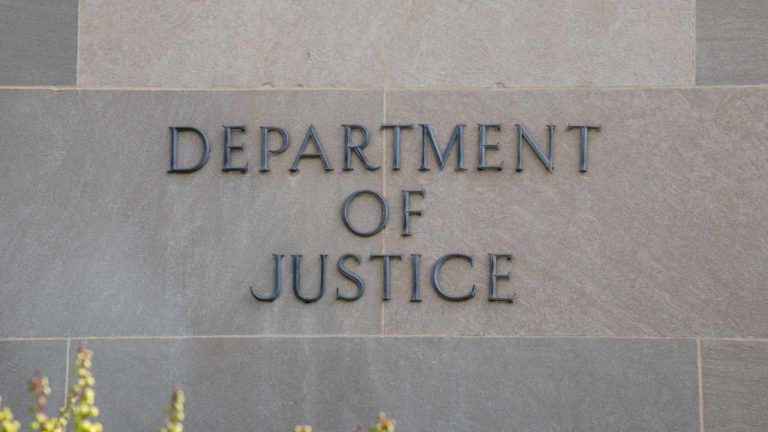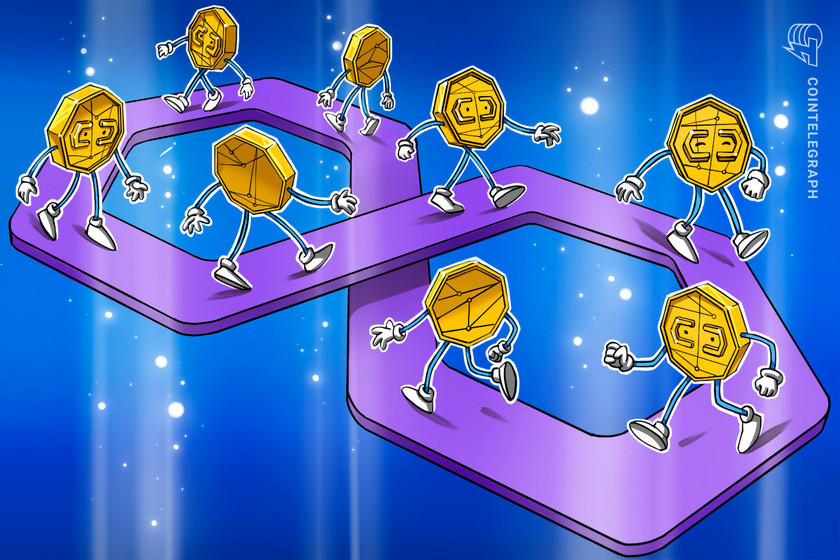
Vitalik Buterin called the early Ethereum scaling solution Plasma “underrated” and a “significant security upgrade” for chains that would otherwise be validiums.
Plasma, a once-prominent Ethereum layer 2 scaling solution, should be revisited by teams currently working on zero-knowledge Ethereum Virtual Machines (EVMs), says Ethereum co-founder Vitalik Buterin.
Invented in 2017, Plasma diverts data and computation — except deposits, withdrawals and Merkle roots — to an off-chain environment.
It was superseded by optimistic and zero-knowledge (ZK)-rollups as the two solutions offered cheaper client-side data storage costs and security properties that “cannot be matched,” Buterin explained in a Nov. 14 X (Twitter) post.
Exit games for EVM validiums: the return of Plasmahttps://t.co/QgyzXAl0wv
— vitalik.eth (@VitalikButerin) November 14, 2023
Buterin said rollups remain the “gold standard,” but Plasma is an “underrated design space” that shouldn’t be forgotten.
“Plasma can be a significant security upgrade for chains that would otherwise be validiums.” Buterin added.
“The fact that ZK-EVMs are finally coming to fruition this year makes it an excellent opportunity to re-explore this design space, and come up with even more effective constructions to simplify the developer experience and protect users' funds.”
Like Plasma, validums move data and computation off-chain but implement ZK-proofs to validate transactions. Plasma, on the other hand, uses fraud proofs — which are much slower.
Buterin argued improvements in ZK-proofs, such as validity proofs, address the past limitations of Plasma, making it more viable as a scaling solution.
Adapting Plasma for applications beyond payments has also proven to be an Achilles heel for Plasma before ZK-proofs entered the mainstream, Buterin acknowledged.
Buterin expects the Ethereum layer 2 ecosystem to evolve with diverse technological approaches.
Babe wake up Vitalik just revived Plasma
— sassal.eth (@sassal0x) November 14, 2023
Related: Did Ethereum Silently Give Up on Plasma?
Minimal Viable Plasma, Plasma Cash and Plasma Cashflow are among the iterations that have stemmed from Plasma.
Ethereum layer 2 scaling-focused firm Polygon Labs implemented Plasma in 2019 but has implemented several other solutions since.
The movement away from Plasma was partially attributed to Plasma Group, a nonprofit research firm announcing that they would cease working on Ethereum-based scalability in January 2020.
OMG, the token of OMG Network — which uses Plasma — spiked 28.6% to $0.78 in a three-hour window following Buterin’s post, according to CoinGecko. However, it has since fallen 14.3% to $0.67.
Magazine: ZK-rollups are ‘the endgame’ for scaling blockchains: Polygon Miden founder




